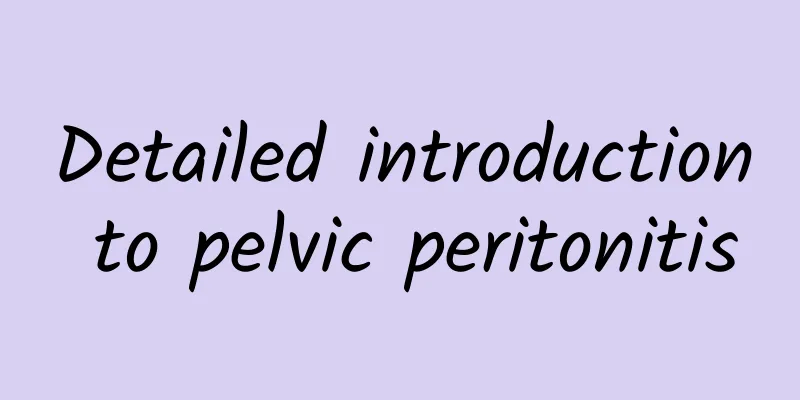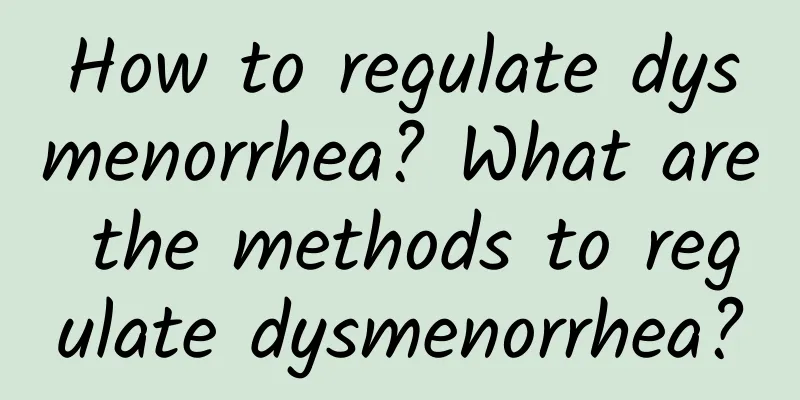What tests are done to diagnose sinus atresia?

|
The diagnosis of sinus atresia requires a comprehensive assessment based on imaging studies such as CT or MRI, combined with clinical symptoms and nasal endoscopy. Treatments include medication, surgery, and nasal irrigation. 1. Imaging examination: CT scan is the preferred method for diagnosing sinus atresia, which can clearly show the anatomical structure and lesion range of the sinuses. MRI is superior to CT in soft tissue resolution and is suitable for evaluating inflammation or tumors in the sinuses. Nasal endoscopy can directly observe the lesions of the nasal cavity and sinuses, helping doctors determine the location and degree of atresia. 2. Clinical symptoms: Patients with sinus atresia often present with symptoms such as nasal congestion, purulent nasal discharge, headache, and decreased sense of smell. The doctor will make a preliminary diagnosis based on the patient's medical history and symptoms, and confirm the diagnosis based on the results of imaging examinations. 3. Drug treatment: For mild sinus atresia, drug treatment is the first choice. Commonly used drugs include antibiotics, anti-inflammatory drugs and nasal sprays. Antibiotics are used to control infection, anti-inflammatory drugs reduce inflammatory response, and nasal sprays help relieve nasal congestion symptoms. 4. Surgical treatment: For patients who are ineffective with drug treatment or whose condition is serious, surgical treatment is necessary. Common surgical methods include sinus opening, sinuplasty and sinus resection. Sinus opening improves ventilation and drainage by enlarging the sinus opening; sinuplasty repairs the sinus structure and restores normal function; sinus resection completely removes the diseased tissue to prevent recurrence. 5. Nasal irrigation: Nasal irrigation is an important means of auxiliary treatment. It cleans the nasal cavity with saline or special irrigation solution, reduces secretions and pathogens, and promotes sinus recovery. The diagnosis and treatment of sinus atresia require comprehensive consideration of imaging examinations, clinical symptoms and individualized treatment plans. Early diagnosis and standardized treatment can help improve efficacy and patient quality of life. |
<<: How to treat thin endometrium and premature ovarian failure quickly
>>: Is cervical atrophy and adhesion normal after menopause?
Recommend
What are the symptoms of adenomyosis?
What are the clinical symptoms of adenomyosis? Ma...
Briefly describe the necessity of preoperative examination
Many people are surprised to hear that preoperati...
Get moving! 110,000 people in Taipei City shed 135 tons of meat
The National Healthy Weight Management Competitio...
What are the causes of cervical erosion?
Cervical erosion is a normal physiological phenom...
What are the common causes of cervical erosion?
Cervical erosion is a normal physiological phenom...
Abnormal vaginal discharge but no test results
Abnormal vaginal discharge but no problem found i...
What are the symptoms of premature ovarian failure?
What are the symptoms of premature ovarian failur...
Weight loss stagnated and can’t lose weight? Prepare 2 dietary therapies to defeat the fat alliance more effectively
Summer is here, but you still can’t get rid of th...
Is cervical erosion hereditary?
Is cervical erosion hereditary? This is a concern...
What is the whole process of medical abortion after pregnancy like? Let's take a look
How does medical abortion work? Understanding the...
Can eating tofu prevent sagging buttocks? Nutritionist reveals: Tofu weight loss method is smart and clever, eat it to get sexy buttocks
Tofu is an indispensable delicacy on the table. I...
What antibiotics are best for bacterial vaginosis?
There is no saying that which antibiotic is the b...
What does progesterone mean during menopause?
During laboratory tests, the progesterone test re...
What are the methods for treating vaginitis? In fact, these methods are more effective
What are the methods for treating vaginitis ? In ...
What to eat for irregular menstruation
What to eat if you have irregular menstruation? 1...









